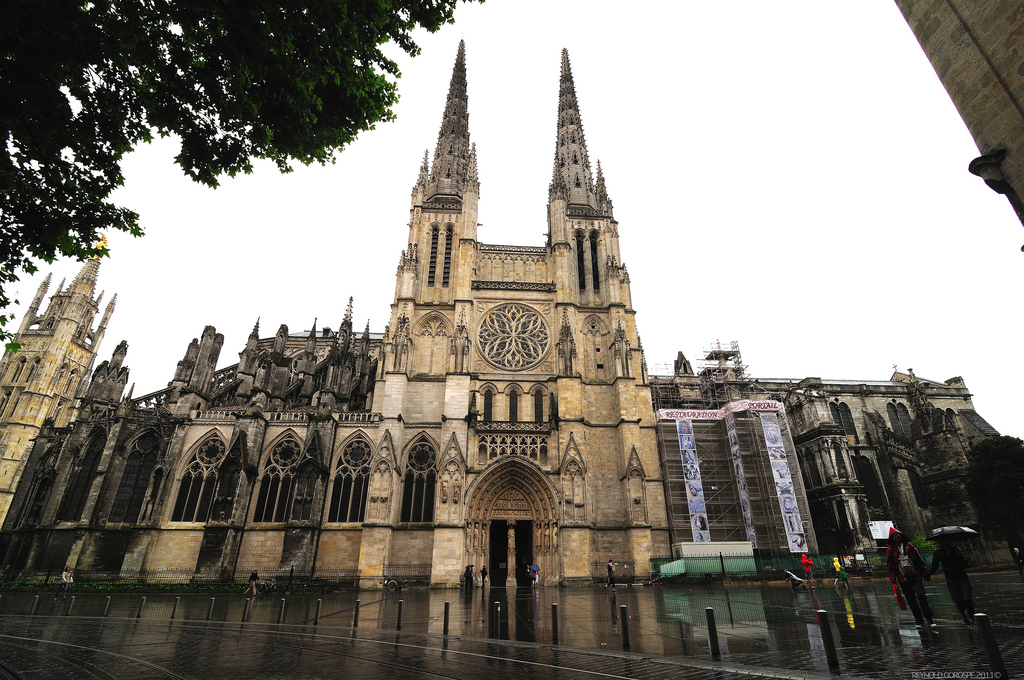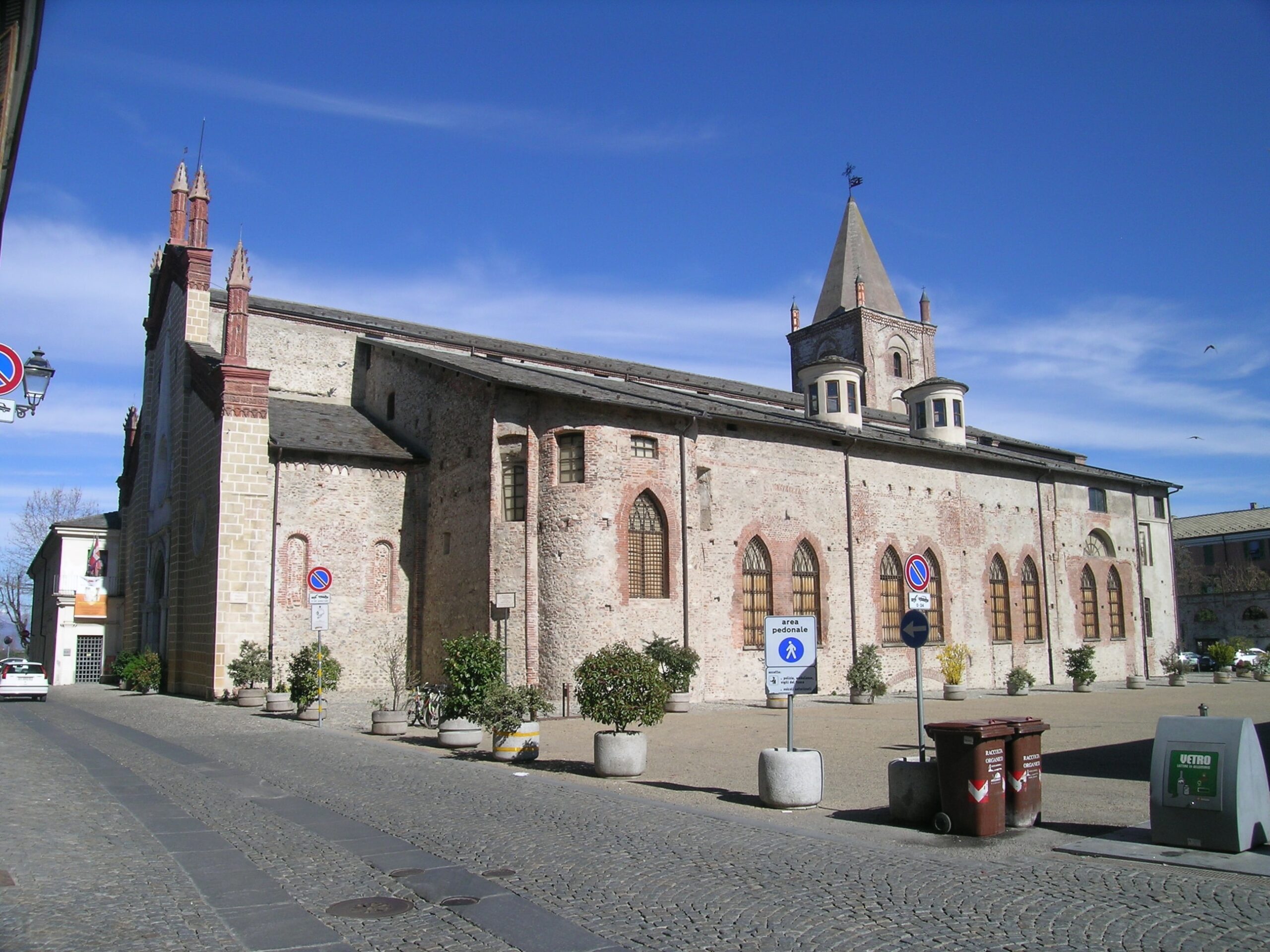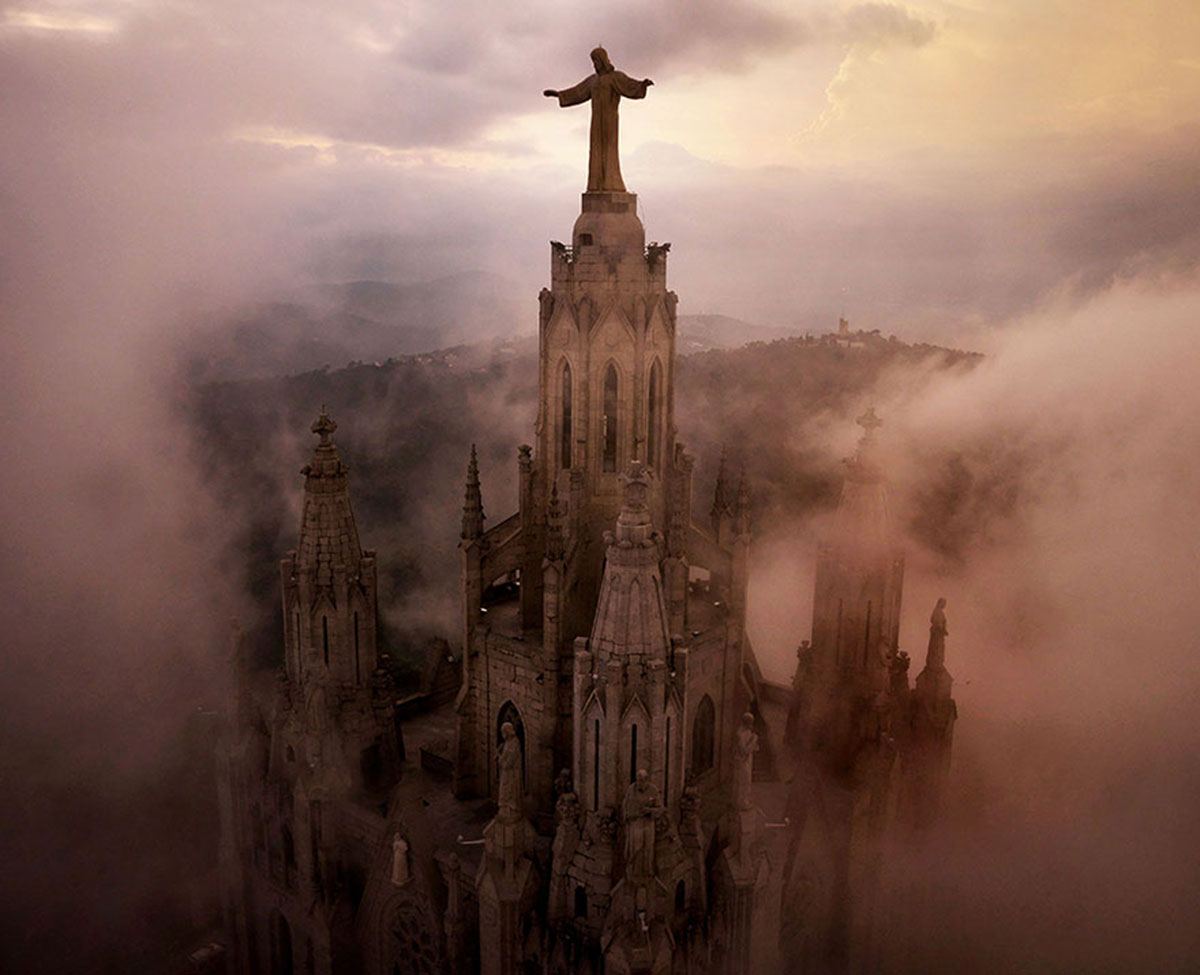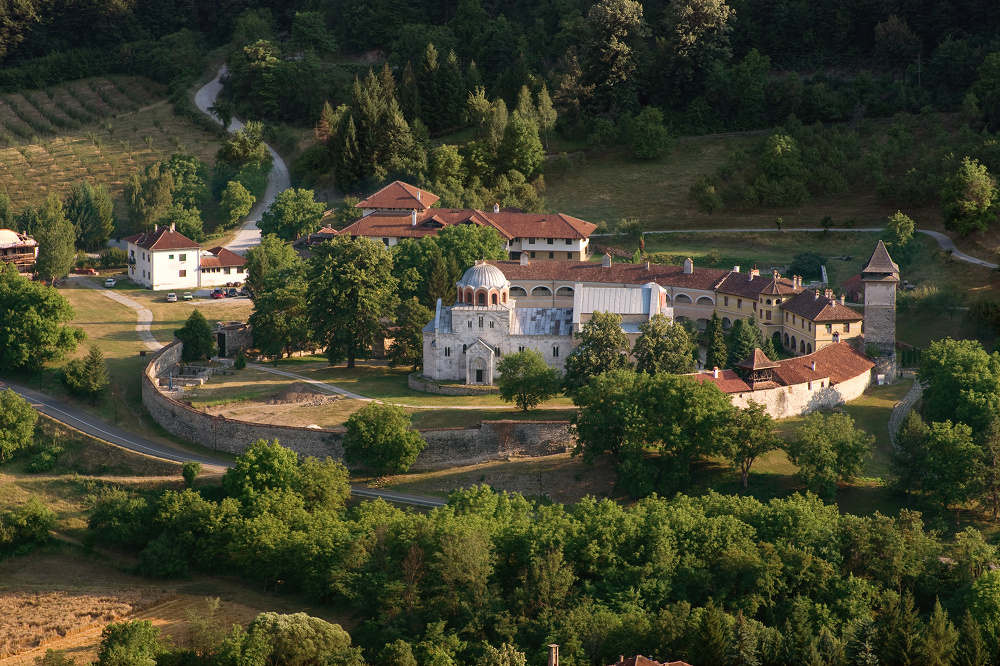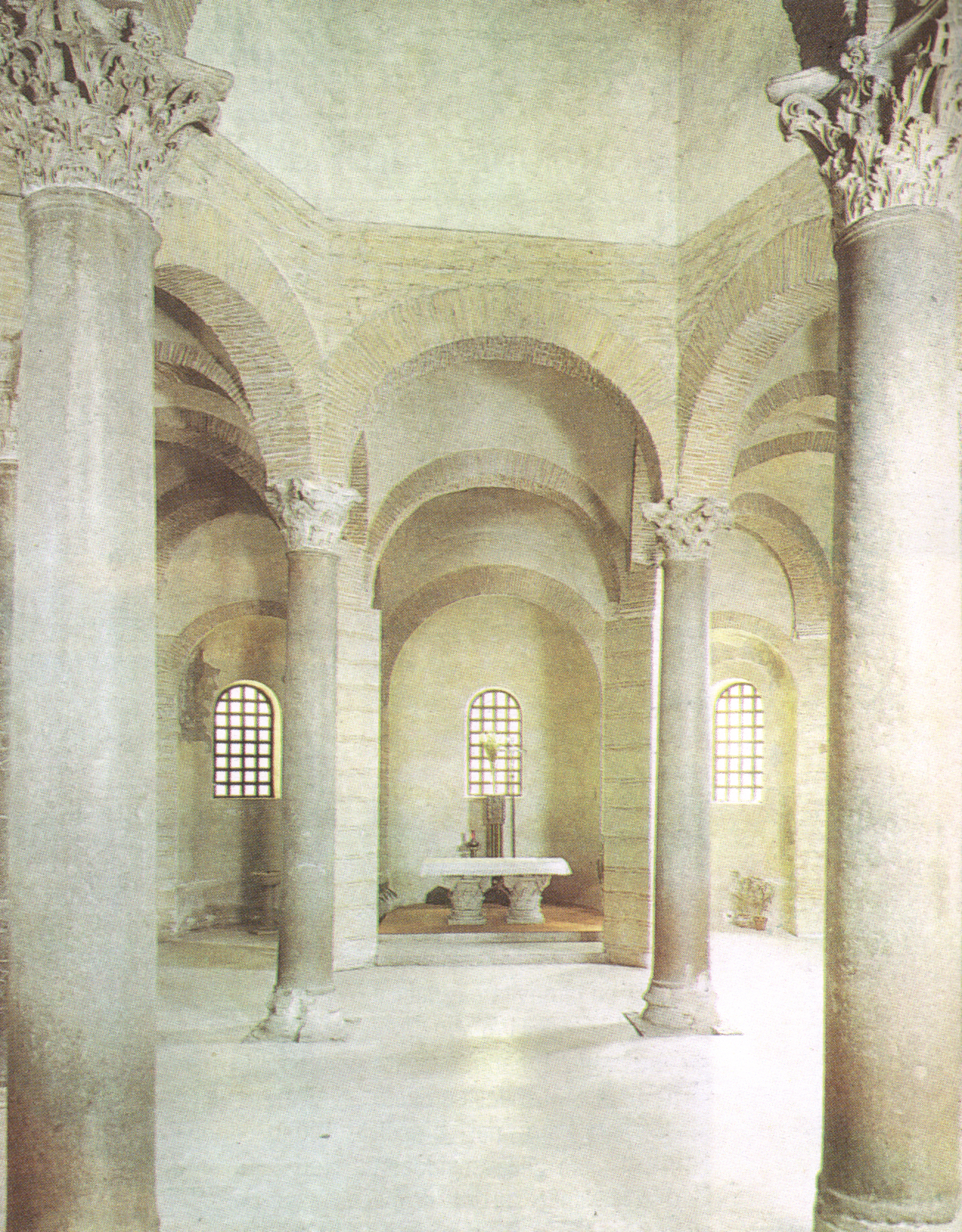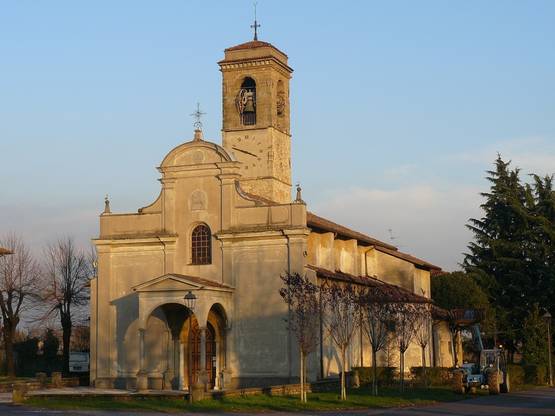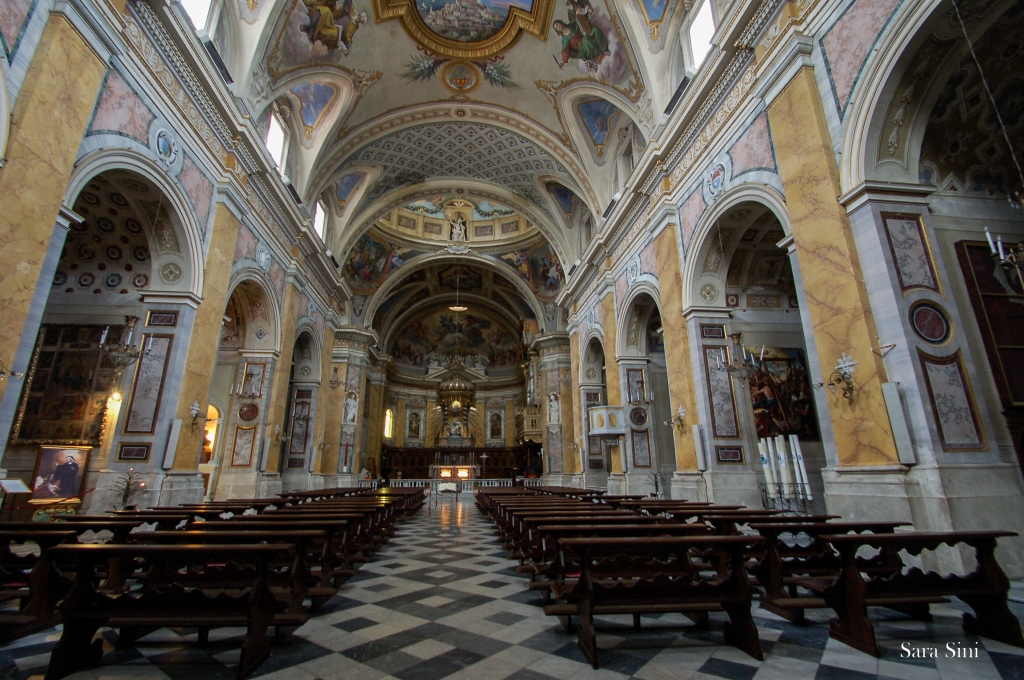Saint-André Cathedral, a veritable treasure
Throughout the centuries, the clergy has amassed true treasures within its religious edifices, accumulating remarkable liturgical art. In 1789, these possessions were requisitioned by the Nation and were used as guarantees for the new revolutionary state’s debts. Saint-André, the cathedral of the Archbishops of Bordeaux, built between the 12th and the 14th century, was thus relieved of almost all of its valuable objects, in particular its gold and silversmithery. A period of tumult followed, wherein the cathedral served as a multi-purpose space: at times a food store, at others a Temple of Reason and at others a hall used for patriotic celebrations. During this period, the church took possession of Jordaens’ Christ on the Cross, painted by one of the biggest Flemish names of the 17th century. The painting, which can still be seen, was seized by the revolutionary armies on the outskirts of Anvers and was bequeathed to the city, but there was no room to hang it in its museum.
Restored to a more “orthodox” purpose in the wake of the 1801 Concordat, it took the cathedral thirty years to cleanse its wounds. Having previously been turned into a lead factory, the stand-alone tower became a bell tower once more in 1852. However, it was only in 1947 that the episcopal seat recovered another treasure, thanks to Barthélémy Marcadé, a Bordelais who went to Paris to become a priest. He was also an art lover who collected holy antiques that dated from the 14th, 15th, 16th and 17th centuries such as paintings, statues, objects, liturgical vestments and ornaments. On returning home to live out his final days, he donated his collection to the State, which put it on display in the cathedral. Today, this treasure is open to the public, as well as a Crucifixion by Rembrandt, which is usually found in Le Mas d’Agenais but has been transferred here until summer 2018 for conservation reasons.
